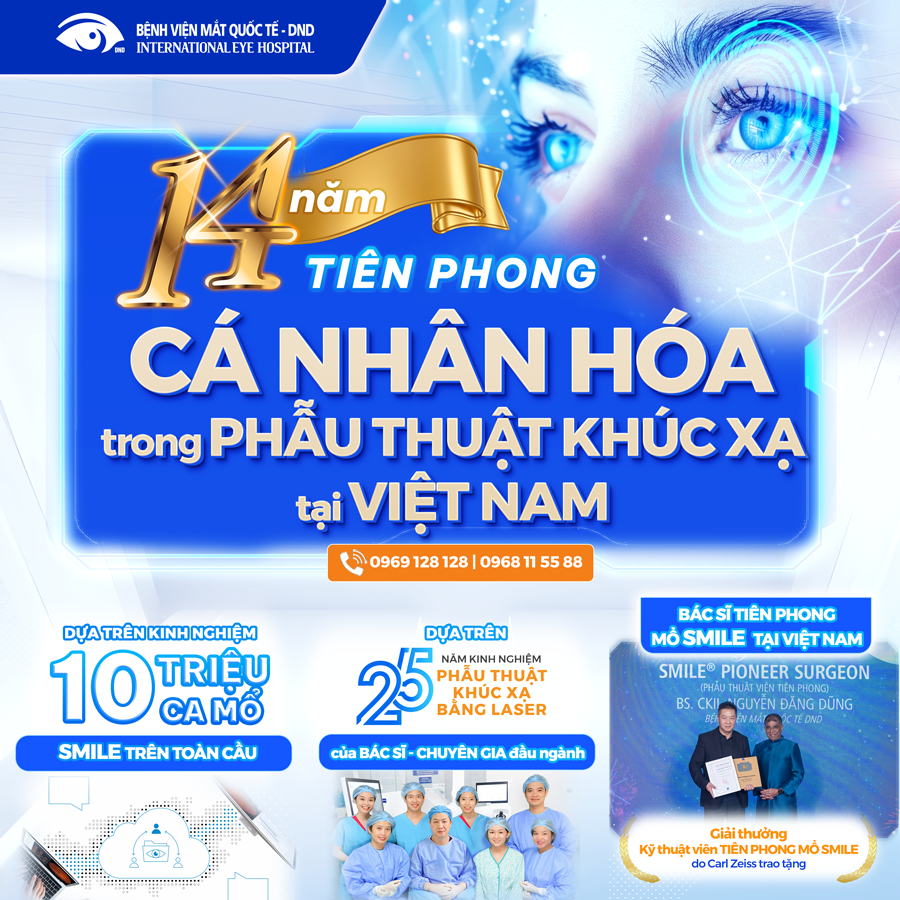Refractive errors are just one potential cause of blurred vision, so it is important for your child to have an examination right away if they are experiencing symptoms.
The most common refractive errors in children are:
Myopia (also called nearsightedness)
Hyperopia (also called farsightedness)
Astigmatism (distorted vision)
It is possible to have two or more types of refractive error at the same time.
Myopia: A myopic eye is longer than normal or has a cornea that is too steep, so that the light rays focus in front of the retina. Close objects look clear, but distant objects appear blurred.
Hyperopia: A hyperopic eye is shorter than normal. Light from close objects cannot focus clearly on the retina. The words on a page will seem blurry, or it will be difficult to see well enough to do close-up tasks, like threading a needle.
Astigmatism: Astigmatism distorts or blurs vision for both near and far objects. It’s almost like looking into a fun house mirror in which you appear too tall, too wide or too thin. When you have astigmatism, the cornea (the clear front window of the eye) curves more in one direction than in the other — like a football. A normal cornea is round and smooth, like a basketball. It is possible to have astigmatism in combination with myopia or hyperopia.





































